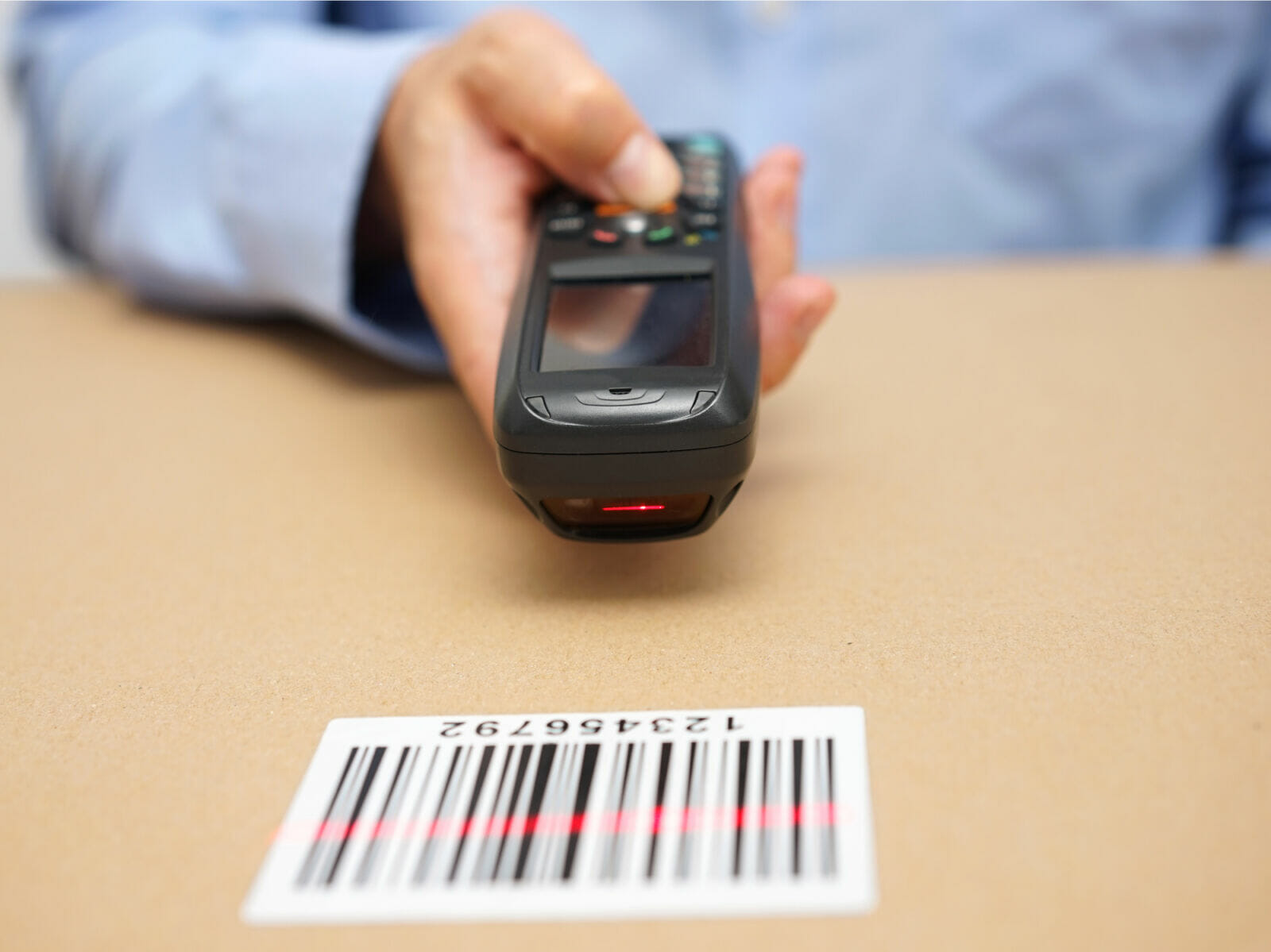If you pay attention to acronyms in the retail industry, you’ve probably come across SKU, which stands for stock keeping unit. When you start selling products through retail or wholesale, you’ll need SKUs to identify and organize your inventory.
SKUs will make tracking inventory a breeze by helping you create an information-rich and organized way of managing your inventory.
While SKUs can be helpful for your retail business, they can also be confusing and challenging to keep track of. That’s why it’s crucial to understand how SKUs work and how they can benefit your business.
Here, we’ll cover everything you need to know about stock keeping units, including how to create and use them effectively.
What Is a Stock Keeping Unit?
A stock keeping unit (SKU) is a code that retailers use to identify products and track inventory. SKUs are usually a combination of letters and numbers. They serve as unique identifiers for each product in a store, making it easy to keep records about different products.
As a retailer, you’ll create your own merchandise codes based on your products’ characteristics. Your SKUs will represent your merchandise categories and classifications.
For example, if you sell T-shirts, each size and color might have its own SKU. In this case, a small black T-shirt would have a different SKU than a medium white T-shirt.
SKUs work with an inventory management system (IMS) to help you keep track of your products and sales. Every time you sell a product, your system will scan the SKU and update the information in the IMS. This allows you to see how much inventory you have on hand at any given time.
Why Are SKUs Important?
Whether you have a warehouse, a retail store, or a fulfillment center, you’ll benefit from using SKUs. A stock keeping unit will assist you in the following areas:
• Identifying your products
• Managing your inventory levels
• Identifying which products are fast or slow-moving
• Deciding when to reorder a product
• Saving customers’ time by helping them find products quickly
You can also generate reports about your products, sales, and inventory.
How to Set up SKUs
Now that you know what SKUs are and how they can help your business, it’s time to learn how to create your own. You can easily set up SKUs for your products by following these steps:
Choose a Format
There’s no right or wrong way to format your SKUs. However, it’s important to be consistent with how you format them. Consistency will make it easier for you and your team to keep track of your products.
Decide which identifiers or numbers to include in your SKUs and the order you’ll follow. This could be the brand name, color, size, and other features. In this step, you should think about the distinct features of your products that differentiate them from others in your store.
Create Codes for Your Products
After choosing a format, it’s time to start creating codes for your products. Begin by brainstorming a list of all the products you want to track.
Then, use your chosen format to create a unique code for each product. If you’re using a numeric format, ensure each SKU is four digits long. This will make it easier for you to scan and input the codes.
If you’re using an alphanumeric format, use both letters and numbers in your SKUs. You can use abbreviations for colors, sizes, and product features. For example, if you’re selling T-shirts, you might use “BLK” for black and “MED” for medium.
Start the SKU With a Top-Level Identifier
Once you’ve chosen a system, it’s time to start creating your SKUs. The first step is to come up with a top-level identifier. This will be a letter or number that represents your overall product category.
For example, you might use the letter “C” to represent your product category if you sell clothes. The top-level identifier could also reflect your store’s location or department.
Make the Middle Numbers Unique Identifiers
You’ll need to come up with unique identifiers for each product. These should be numbers that will help you distinguish one product from another.
The middle alphanumerics of your SKU should reflect your product’s unique features. The features could be product type, color, size, or subcategory.
For example, if you sell clothes, you might use the number “1” to represent shirts and “2” to represent pants. If you sell shoes, you might use the letters “SH” to represent your product subcategory.
Use a Sequential Number at the End of the SKU
The last step is to add a sequential number to the end of your SKU. This will help you keep track of each individual product within a category. The sequential number will help you identify older or newer items in your line of products.
For example, if you sell shirts, the first shirt might have the SKU “C-1-001” and the second shirt might have the SKU “C-1-002.” If you sell pants, the first pair might have the SKU “C-2-001” and the second pair might have the SKU “C-2-002.”
You can use any numbering system you want for sequential numbers. Just ensure you update the number each time you add a new product to your inventory.
Include the SKUs in Your Inventory Management System or POS
Once you’ve created your SKUs, you’ll need to include them in your inventory management system or point of sale (POS). This step will help you keep track of your products and sales.
In the POS or IMS system, you will need to include all the data you want to track about a product. For example, you can enter the following:
• Item name
• Pricing
• Item category
• SKU number
• Product Description
Having this data in your system will help you track sales as you will see the inventory sold. Every transaction will update your inventory level automatically.
You’ll have a clear picture of what is remaining for every SKU number you put into your system. This information can help you make decisions about reordering products and stocking new items.
If you’re not ready to embrace specialist inventory software, you can use Excel to record and calculate your stock levels digitally. An Excel inventory template will save you the hassle of creating a spreadsheet-based inventory tool.
These templates will give you a simple framework where you’ll input all the details about the products you’re tracking.
Best Practices in Creating SKUs
There isn’t a right or wrong way to create SKUs. You can design a system that works best for your products and business. However, you should keep the following things in mind when creating your SKUs:
Keep SKUs Short
You’ll need to scan or input your SKUs every time you sell a product. If your SKUs are too long or complicated, you might make mistakes when inputting the data. This will lead to inaccurate sales reports and inventory levels.
Don’t be tempted to include too much information in your SKU numbers. Too many details will only increase the length of the SKU.
Instead, keep it short by including a maximum of three traits that you want your SKU number to reflect. If you have to go over three traits, ensure that you use brief individual codes.
Prioritize the Most Crucial Traits
Some product traits will be more important than others. You should prioritize the most crucial traits when creating your SKUs.
For example, if you sell clothes, it’s more important to include the item type in the SKU than the color. The color might not be as relevant because you can have multiple products of the same type and color.
On the other hand, if you sell products that come in different sizes, it’s more important to include the size in the SKU number than the color. That’s because you might have multiple products of the same color but different sizes.
Don’t Start Your SKUs With a Zero
When creating your SKUs, don’t start the numbers with a zero. In most cases, when you input or scan a number that starts with a zero, the system will automatically drop the zero.
For example, if your SKU reads as 0A1B2011, the system will interpret it as A1B2011. This will create confusion when you’re trying to track your products and sales. It will become difficult to distinguish between the two SKUs.
If you must use zeros in your SKU, place them in the middle or at the end of the number.
Avoid Letters That Closely Resemble Numbers
When assigning letters to your SKUs, avoid using letters that people can easily confuse for numbers. This tip will help you avoid mix-ups when inputting data into your system.
For example, you should avoid using the letters “O” and “I” as you can easily confuse them for zero or one, respectively. This will help reduce the chances of errors when inputting your SKUs into the system.
Make SKUs Flexible
Your product line might change over time. It’s essential to create flexible SKUs to accommodate these changes. For example, if you add a new product category, you should be able to update your SKU system without too much difficulty.
Set up a Stock Keeping Unit Today
Creating a stock keeping unit can seem daunting, but it’s a crucial step in managing your inventory. By following the tips in this article, you can create a system that works best for your business. The SKUs will help you keep track of your inventory and sales more effectively.
Keep tabs on our website for more articles.




